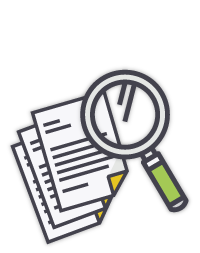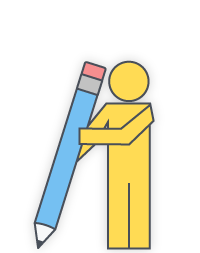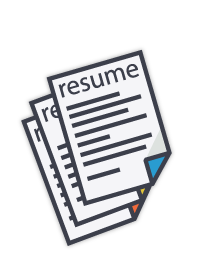This part of your resume will usually include your education and professional experience. These are particularly significant sections, as they contain the most important information for the recruiter, and will most likely receive the greatest attention. That’s why writing your work experience can be daunting and confusing at first. The goal is to write all the most relevant information as concisely as possible. In order to structure the information and pick out what’s important in it, we recommend breaking up the writing process into six steps:
1. Write straight and without thinking a full paragraph about what you did at each workplace. List the roles you’ve played, the authority you had, the tools you used, the achievements you reached, the significant changes you led, and anything else that comes to mind.
2. When all the information is in front of you, mark the most important things you’d like on your resume. Use your judgment to sort out the key details, especially those relevant to jobs in areas you’re interested in.
3. Condense the information you’ve selected as most relevant into short, focused sentences.
4. Arrange your jobs in reverse chronological order - first note your last place of work, then go back in the timeline.
5. Pay special attention to achievements, and make sure to illustrate them with numerical examples.
6. Naturally incorporate keywords that appear in the job’s want ad in order to pass the initial screening of the automatic placement system, if one is being used. As mentioned above, only the key expressions relevant to you should be used.






